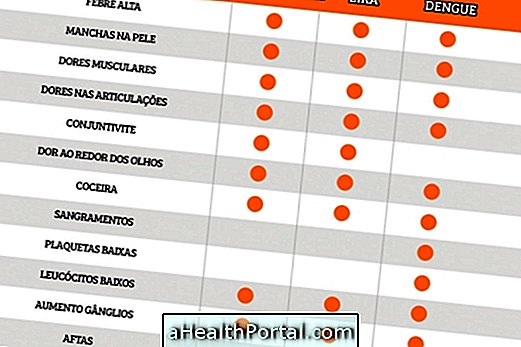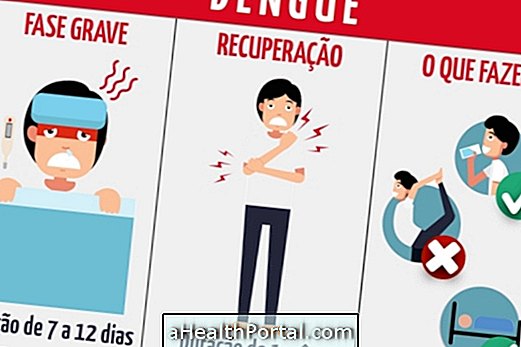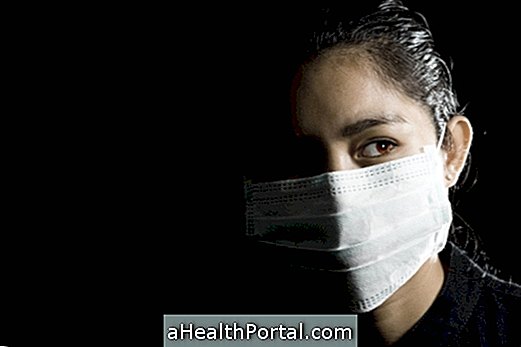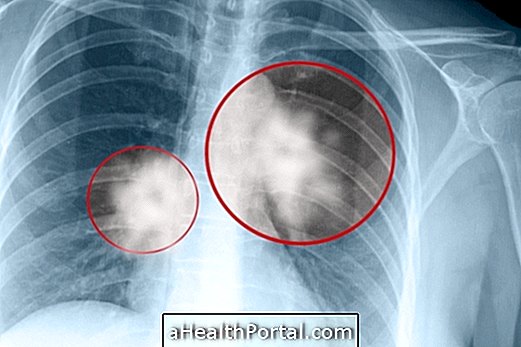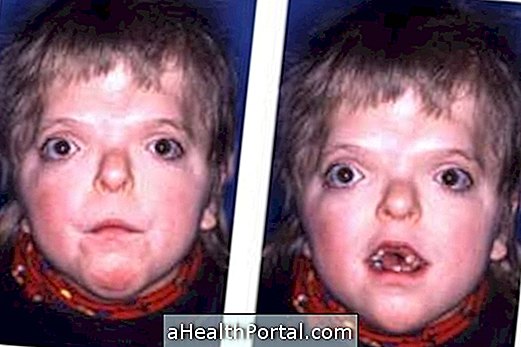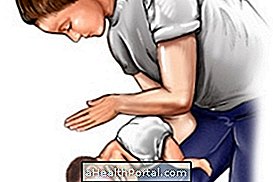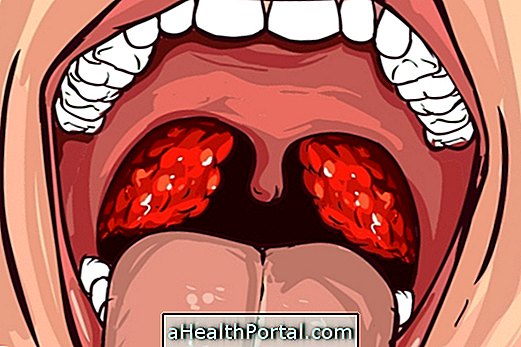Ganglionic tuberculosis is characterized by the presence of the bacterium Mycobacterium tuberculosis, popularly known as Koch bacillus, affects the lymph nodes of the neck, thorax, armpits or groin, and less frequently the region of the abdomen.
This is the most frequent type of extrapulmonary tuberculosis, but it has a cure, when the treatment is carried out with the use of antibiotics.
How to handle
Lymph node tuberculosis is more common in women and young adults.
In extrapulmonary tuberculosis, Koch's bacillus usually enters the body through the respiratory tract, but is not lodged in the lungs but elsewhere in the body, characterizing different types of tuberculosis, the main ones being:
- Ganglionic tuberculosis, which is the most common type of extrapulmonary tuberculosis and is characterized by involvement of the ganglia.
- Miliary tuberculosis, which is the most serious type of tuberculosis and occurs when Mycobacterium tuberculosis reaches the bloodstream and can target different organs, including the lung, causing several complications;
- Bone tuberculosis, in which the bacterium lodges in the bones causing pain and inflammation that hinders movement and favors the leg of localized bone mass. Understand more about bone tuberculosis.
The bacteria can remain in the inactive organism for a long time until some situation, such as stress, which leads to a decrease in the immune system, favors its proliferation and, consequently, the manifestation of the disease.
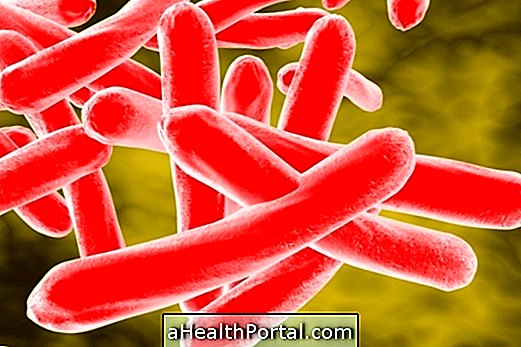
Symptoms of lymph node tuberculosis
The symptoms of lymph node tuberculosis are nonspecific, such as low fever and weight loss, which can make the person not seek medical help immediately. Other symptoms present are:
- Swollen tongues in the neck, neck, armpits or groin, usually 3 cm but can reach 8-10 cm in diameter. The gills are not sore, but are always hard and difficult to move.
- Decreased appetite;
- There may be excessive night sweats;
- Low fever, up to 38º C, especially at the end of the day;
- Excessive tiredness.
In the presence of these symptoms it is important to seek the advice of a pulmonologist or general practitioner to make the diagnosis and the antibiotic treatment can be initiated.
How is the diagnosis made?
The diagnosis of tuberculosis is done mainly by means of X-ray showing that the lungs are not affected and microbiological examination to verify the presence of bacteria, for this the swollen and sore ganglion must be aspirated with a fine needle and the material sent to laboratory.
In addition, other tests may be required to aid diagnosis, such as blood counts and CRP dosing.
The mean time from onset of symptoms to the diagnosis of extrapulmonary tuberculosis ranges from 1 to 2 months, but may reach 9 months.
How to treat lymph node tuberculosis
Treatment for lymph node tuberculosis is done according to the advice of the pulmonologist, infectious or general practitioner, and antibiotics are usually indicated for at least 6 months, and in some cases surgery to remove the inflamed lymph node may be recommended.
The antibiotics usually indicated are Rifampicin, Isoniazid, Pyrazinamide and Ethambutol and treatment should be done according to the doctor's advice and should not be interrupted as it may cause bacterial resistance, which may complicate the person's condition, since antibiotics which previously functioned, began to have no more action on the bacteria.
